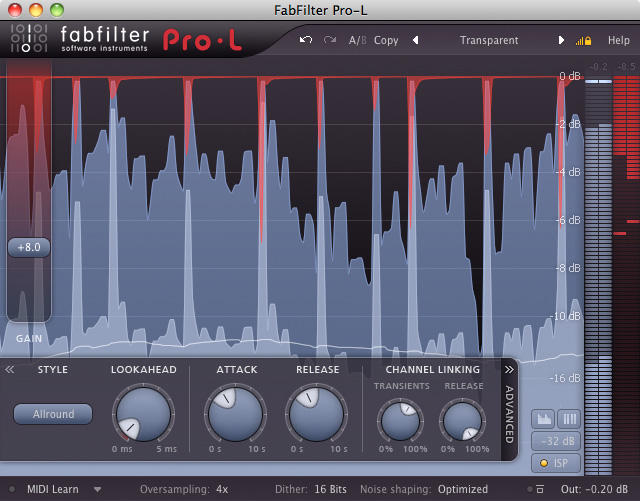
As the name describes it, any frequencies below the selected threshold will pass through, and those above will be cut off.

You can switch distortion on and off just by clicking over the “ON” button in the top left of the panel. Remember that distortion usually amplifies the signal that’s where the Master Volume knob comes into play, as we will see next. Mech stands for “mechanical distortion”, a term that Boss used on many of their distortion pedals and multi-effect processors.Īnother interesting feature of Camelcrusher is that you can combine both distortions, enabling you to create really unique and interesting sounds. Opposite to the pristine sound that you can get using Tube Saturation, this knob can completely destroy your sound, allowing you to achieve an aggressive thrashy sound ideal for many styles of music. This type of distortion boosts the low and high ends of the sound.

This type of harmonic is what makes tube amps sound so warm. When vacuum tubes saturate, strong second-order harmonics are created.

This panel has two knobs labeled “Tube” and “Mech”. This allows you to preserve the position of the knobs you don’t want to randomize just by turning that module off before randomizing. Something cool about this feature is that when you press the button, the only modules that will be randomized are the ones turned on. This is an interesting feature that allows you to play with the sound and help you find some inspiration while you are playing. In the outmost right of this panel, you will find the “Randomize” button.

You can also save and load preset banks to have your effects sorted and easy to find when needed. The plugin comes with 20 factory presets that you can browse by clicking the arrows next to the patch’s name, or you can click over the name to deploy a menu where you can browse the presets and save your own presets. This is the easiest function of the plugin. Below you will find how to use them and how to combine effects to achieve the desired effect on your track.


 0 kommentar(er)
0 kommentar(er)
